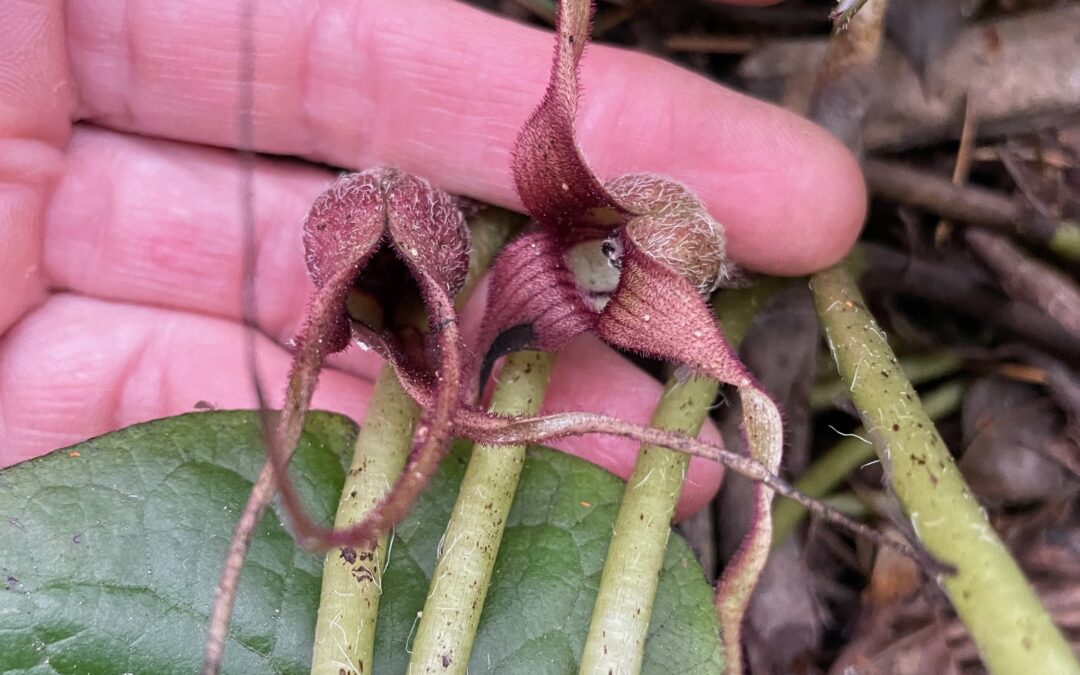
by Shadow Habitat | Dec 27, 2023 | Native plants
You may have seen dark, heart-shaped leaves cascading down a slope under conifer trees in the deep forest. Or perhaps you have spied a carpet of hearts peeking out of a snowy bank in the woods. I have discovered Wild Ginger in several spots throughout the Pacific...
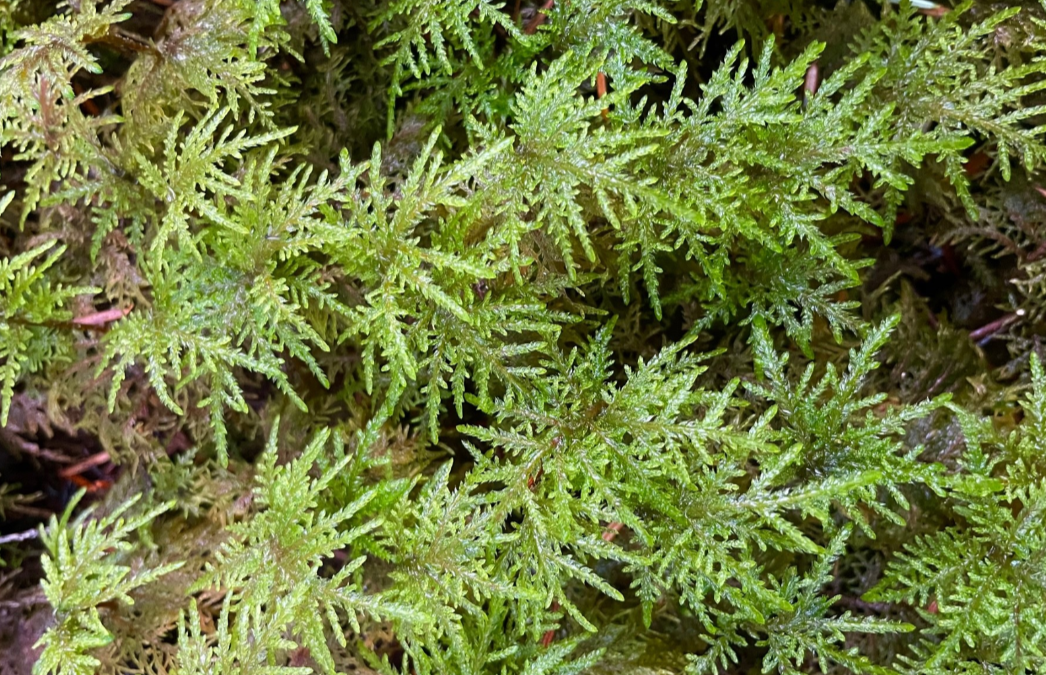
by Shadow Habitat | Nov 19, 2023 | Native plants
The first plants to adapt to life out of water were Bryophytes, plants that reproduce via spores and have no circulatory system: the mosses, liverworts, and hornworts. These amazing little plants have no roots, but they may have rhizoids to anchor them to their...
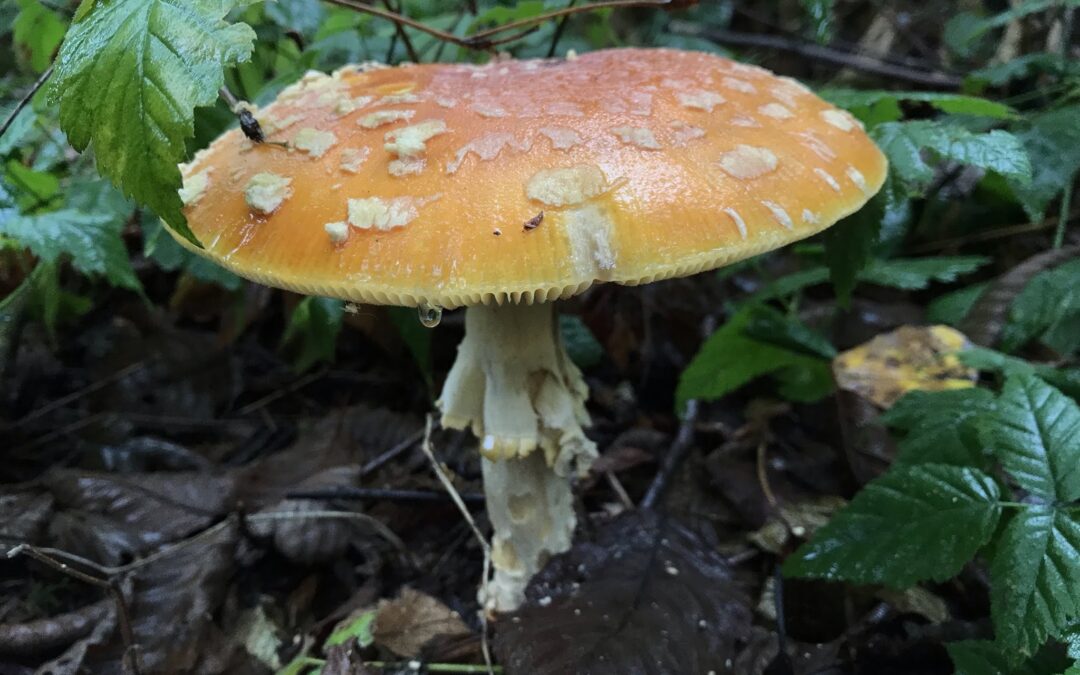
by Shadow Habitat | Oct 23, 2023 | Native animals, Native plants
Mushrooms are present all year but are particularly prevalent after the heavy rains characteristic of spring and fall. The rainy conditions this fall have produced a bumper crop of mushrooms and has gotten SHADOW staff excited about identifying and learning about...
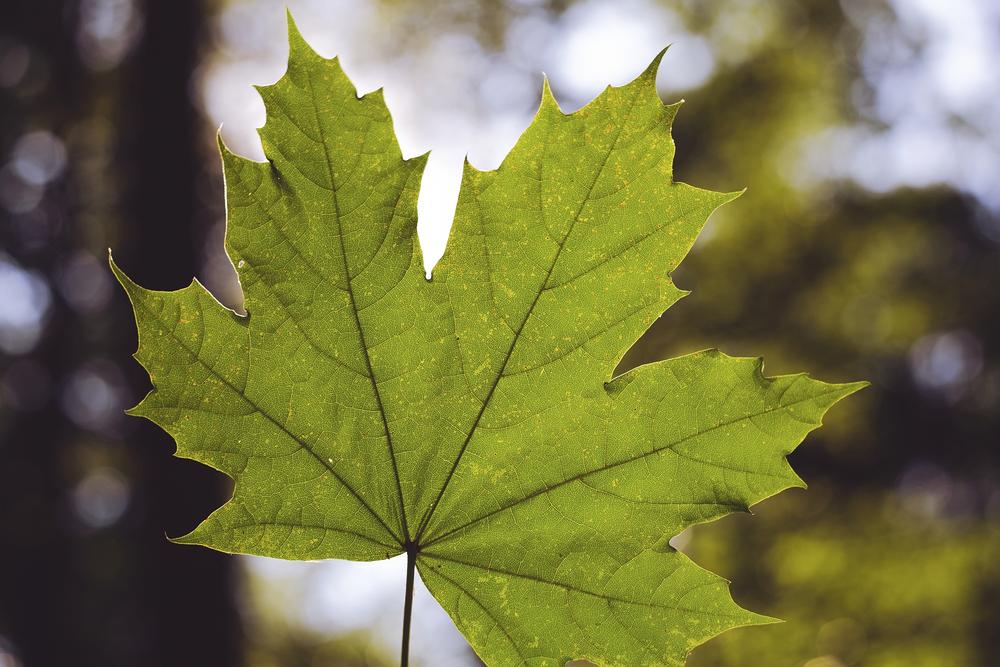
by Shadow Habitat | Sep 20, 2023 | Native plants
Bigleaf Maple – Acer macrophyllumThere are few things as delightfully childlike as going out of the way to hear the crunch of fall leaves underfoot. Growing up, my family had a huge bigleaf maple tree that would produce an outstanding number of fluorescently...
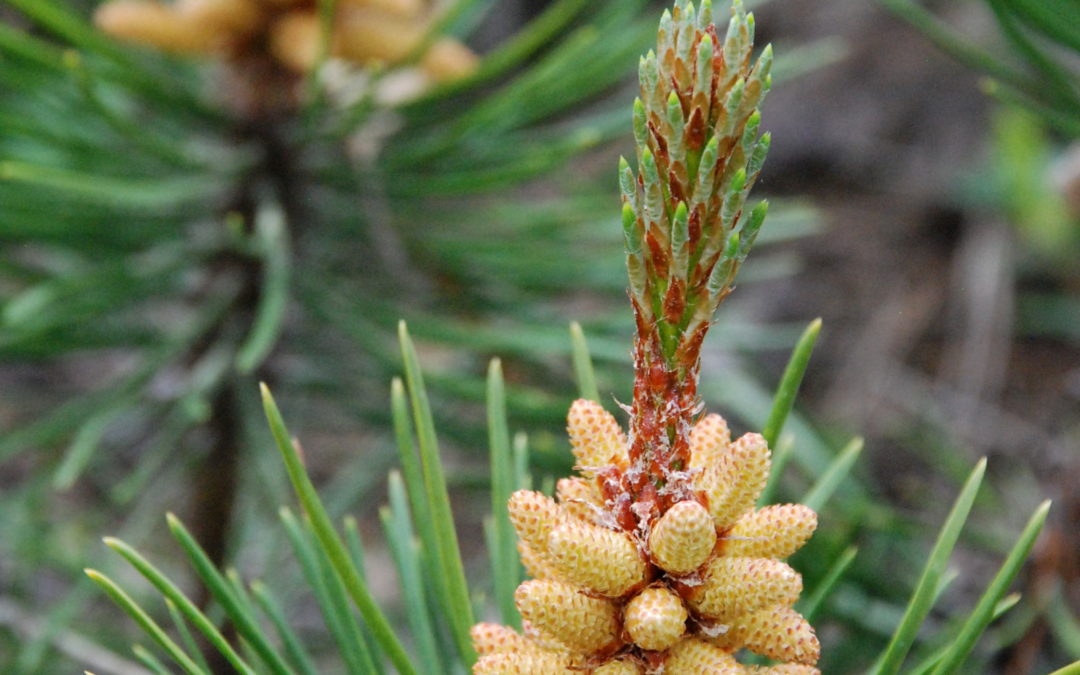
by Shadow Habitat | Aug 27, 2023 | Native plants
Lodgepole pine – Pinus contortaThe Lodgepole Pine (Pinus contorta) has mastered the art of regeneration through flames. Found across a range of landscapes, from coastal regions to mountain slopes, Lodgepole Pine has evolved to thrive in fire-prone ecosystems....
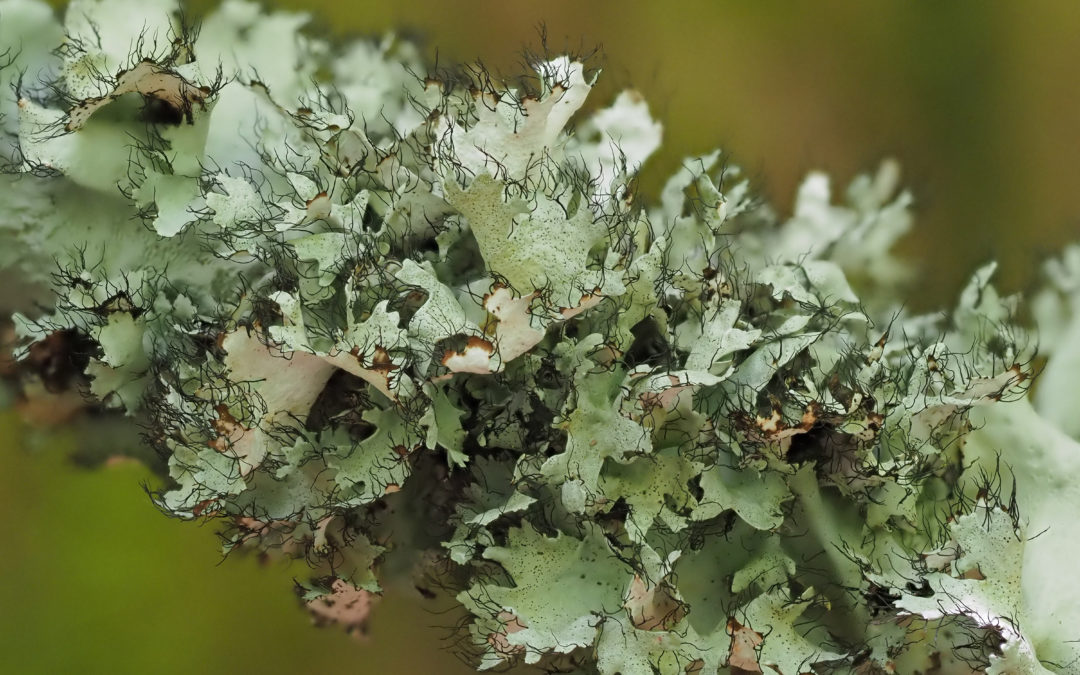
by Shadow Habitat | Feb 12, 2023 | Native animals, Native plants
After the first meeting, if the fungus and algae are compatible, they can make a lichen body (thallus). This means that only certain algae and certain fungi can get together to form a lichen. Lichens are a symbiotic partnership of two or more separate lifeforms, a...









Recent Comments